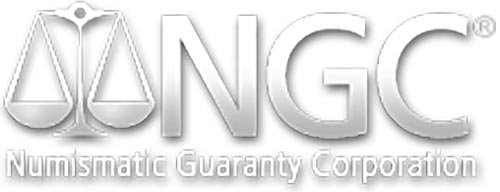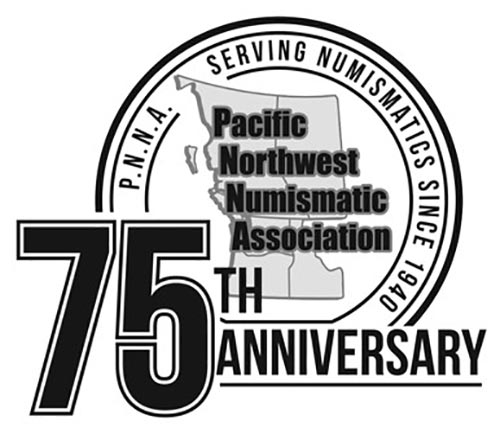The chisel slipped, injuring one of his hands. And the work of Bo Hughes, one of the best-known hobo nickel carvers, was never the same.
The Great Depression largely defined the hobo nickel phenomenon. With millions of people out of work and without prospects in their hometowns, many joined the drifter community, hoping to find work crisscrossing the continent along the railway lines. Many would pass the time carving intricate designs on coins, hoping to trade or sell their small, folk art masterpieces for food or shelter. Bo Hughes is remembered as one of the country’s most talented carvers, a pioneer in the hobo nickel community.
George Washington “Bo” Hughes was born in Mississippi just before the beginning of the twentieth century. He left his home and his 11 siblings in his early teens, entering a world of nomadic freedom riding the rails. Along the Gulf, Mobile and Ohio railroad lines, Bo met Bertram “Bert” Wiegand, a fellow drifter and the man who introduced him to the art of hobo nickel carving. Bert took Bo under his wing, and in a largely anonymous community of drifters, affectionately known as “hobos,” the two carved their way into numismatic history.
The most common nickel in circulation at that time was the Buffalo Nickel. With its large, Indian head profile on the obverse and the wide bison on the reverse, the coin provided a perfect canvas for Bo to perfect his skills. Experimenting with techniques and design ideas, Bo churned out a plethora of high-quality hobo nickels with meticulous craftsmanship, each one requiring as much as 100 hours to complete.
Unfortunately, life as a hobo eventually took its toll on Bo’s hands. The years of rigorous manual labor Bo often worked to survive the poverty and hunger of the Great Depression rendered his hands stiff and damaged. Although Bo worked through the pain, still producing coins through the ’40s and ’50s, the tragic slip of the chisel in 1957 forever injured his hand — and his ability to do the work that he loved came to an end. Bo died in 1982.
Today the U.S. Treasury Department officially recognizes hobo nickels as former legal tender mutilated beyond recognition. Therefore, hobo nickels are technically worth nothing. To numismatists, however, these one-of-a-kind, rare works of art are more special than gold. Today, hobo nickels are in high demand among collectors. Some have sold for as much as $5,000, although most that sell at auction or coin conventions warrant $100 to $300. To safeguard the memory of hobo nickels, the Original Hobo Nickel Society was formed. It is dedicated to preserving the popularity of this uniquely American folk art, ensuring that the legacy of men such as Bo and Bert lives on.
Liberty Coin & Currency specializes in gold buying and dealing in rare coins. We are a family-owned business that was first established over 16 years ago and is now located in Vancouver and Portland. We also buy gold, silver, diamonds, currency and jewelry. Visit us first for a free evaluation.







